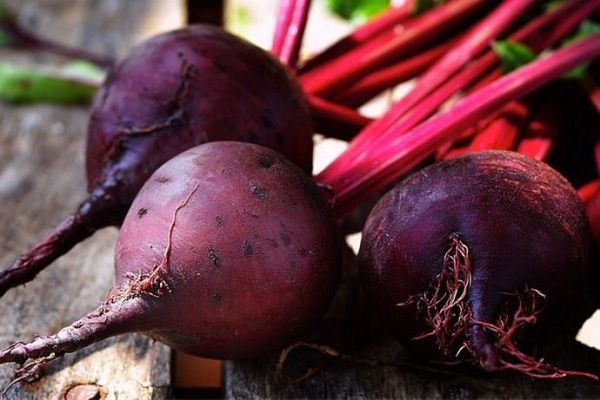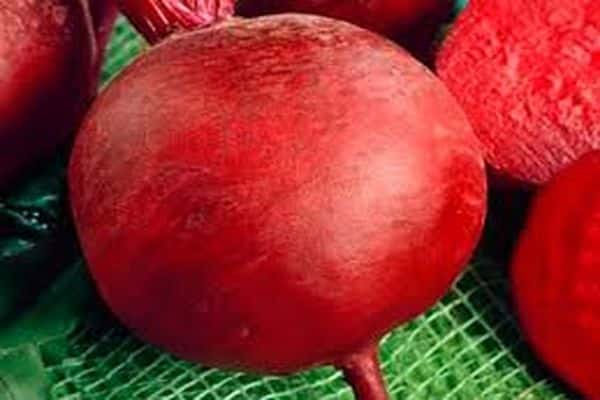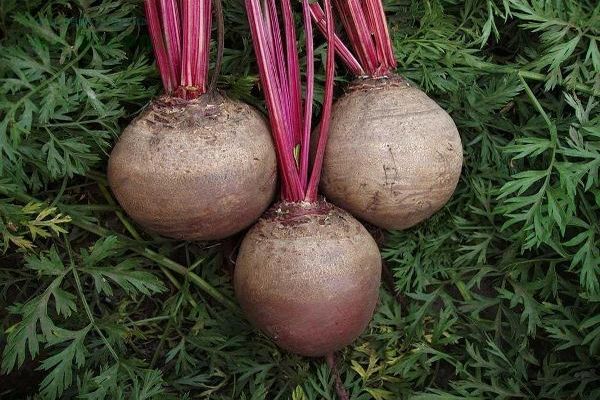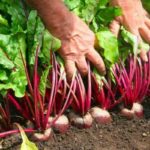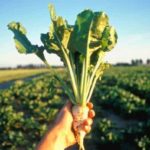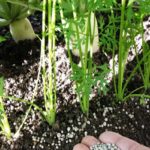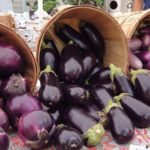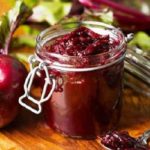Every year, breeders develop new root crops. Detroit beets were bred in Italy and received a number of differences from other varieties. Due to its taste and high yield, the variety has gained recognition among modern gardeners; it is grown in dachas and large farms.
Description of the variety
Detroit beetroot is a table variety. The root crop ripens early, 100–110 days after the first shoots grow. Suitable for planting in greenhouse conditions or open soil. The vegetable has a smooth surface, rounded shape and rich burgundy flesh without rings. The dimensions are small, weight about 200 g.
Thanks to its high taste characteristics, the root vegetable is juicy and sweet. The harvested crop can be consumed fresh or stored for the winter. On a land of 100 sq. m you can grow up to 500 kg of crop. Beets contain a large amount of nutritional components and vitamins; they contain up to 14.2% sugar and up to 20.4% dry matter.
Growing
Before sowing, you need to first prepare the soil. Beet seeds laid in holes 25 cm deep, into which humus or rotted manure is introduced in advance. If planted in highly acidic soil, dolomite flour, lime or ash should be used as an additional fertilizer.
The root crop is planted in April. It is better to sow the seeds in the ground where cucumbers, potatoes, and onions previously grew. The suitable temperature for sowing is 15–20 degrees.
For proper and rapid growth, the beds should be located in a sunny place with good humidity.
Features of care
Until the root crops are formed, the seedlings are watered very intensively. In the future, one watering per week is sufficient. After watering, the soil needs to be loosened. It is important to ensure that the soil is not subject to drought and is not oversaturated with moisture. The soil stops being moistened a month before the crop is fully ripened and harvested.
To prevent diseases and accelerate maturation, potassium feeding is carried out once every 2 weeks. For 1 sq. m requires about 16–20 g of potassium fertilizers. After the second leaf grows, thinning is required, removing weak shoots by 1–2 cm. Obvious weeds should not be left on the ground.
Advantages and disadvantages
The prevalence of Detroit beets among summer residents is explained by the presence of a large number of comparative advantages. These include:
- Consistently high yield. In practice, the seeds of this variety germinate well and ripen in large quantities.
- Disease resistance. By following the rules of care and periodically feeding, it is possible to prevent damage by pests and infections.
- Well preserved. Having created suitable storage conditions, you can leave the harvested crop for a long time without fear that it will deteriorate or lose its taste characteristics.
- Transportability. The dense surface of root crops allows them to be transported without the risk of damage.
- Frost resistance. When the temperature periodically drops, the seedlings do not die and can withstand frost without damaging the harvest.
- Uniform germination and ease of cultivation. Table beets are unpretentious in growing conditions, which significantly reduces labor costs.
There are no obvious deficiencies in this variety. You can only encounter problems when growing if you do not care for the plants.
Pests and diseases
Despite the resistance of root crops to diseases, inexperienced gardeners periodically encounter damage to plants. During the growth of Detroit beets, the description of the variety suggests the possibility of damage by white and gray rot, mole cricket and downy mildew. When root crops rot, the root system and lower leaves are affected.
Powdery mildew causes visible damage to the tops. Individual mole crickets chew off roots and stems, which leads to the destruction of plants.
In order to combat diseases and pests, it is necessary to carefully treat row spacing in the beds, promptly destroy weeds and remove affected plants.If harmful insects or disease symptoms are detected, the amount of phosphorus-potassium fertilizers should also be increased.
Harvest and storage
At the end of summer - beginning of autumn, the harvest period begins. It is better to collect beetroot in warm, dry weather, when there is no dew and the root crops have been in the sun for some time. This will extend the shelf life of the crop.
Before harvesting beets from the beds, you should pay attention to the condition of the stems - in ripe root crops they dry out and turn yellow.
As a storage location, you should choose a cool, dark room where there is no excess moisture. Beet root vegetables are suitable for storage at a storage temperature of about 2–3 degrees. A common way to store beets is in the cellar along with potatoes. Root vegetables are laid out in several layers on potato tubers, which transfer excess moisture. You can leave the vegetable for the winter in plastic bags with a capacity of 15–20 kg. The bags must be tied and, in case of condensation, opened for a while, leaving a small hole for evaporation.
Reviews from gardeners
Marina, Krasnodar:
“It’s not a picky variety; I’ve been planting it for several seasons in a row. I encounter pests from time to time, but spraying helps get rid of them. I really like the taste of beets - surprisingly rich and sweet.”
Nikolay, Ekaterinburg:
“I read a lot of good reviews about this variety and planted it in several beds for the first time. The harvest was good, there were no problems during cultivation. I left most of it stored in the basement for the winter.”

